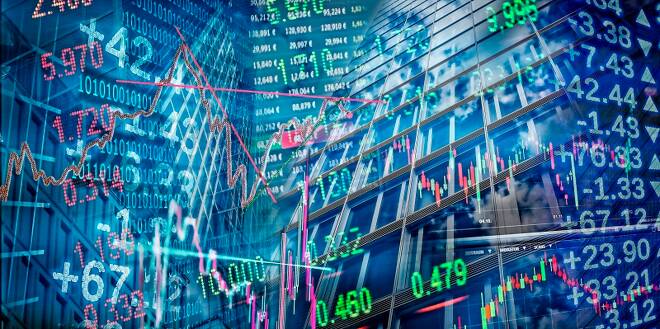Advertisement
Advertisement
Dovish Yellen Fuels Bearish Response by U.S. Dollar; Rate Hike This Year is Doubtful
By:
Last week’s Forex price action was driven primarily by dovish comments from Federal Reserve Chair Janet Yellen and a mixed U.S. Non-Farm Payrolls report.
Last week’s Forex price action was driven primarily by dovish comments from Federal Reserve Chair Janet Yellen and a mixed U.S. Non-Farm Payrolls report. Yellen’s comments were especially bearish for the U.S. Dollar against a basket of foreign currencies. This was highlighted in the June US Dollar Index futures contract which finished the week at 94.618, down 1.62%. It should be noted that it wasn’t stronger currencies that drove the index lower, but the weaker dollar.
The dollar started the week flat-to-higher on Monday after the long Easter weekend as investors continued to digest the hawkish comments from a chorus of Fed officials the previous week. These remarks suggested the Fed could raise interest rates as soon as the April monetary policy meeting.
Highlighted the previous week were hawkish comments from St. Louis Fed President James Bullard who stated another interest rate hike “may not be far off.” This was followed by Fed President John Williams who told CNBC the U.S. economy was doing “quite well” and that global developments are preventing the United States from returning to normalized interest rates.
On March 29, Yellen, speaking to the Economic Club of New York, tempered the hawkish comments by the Fed officials when she said the Federal Reserve should proceed with caution in adjusting policy, acknowledging that economic and financial conditions are in some respects less favorable now than in December.
Yellen said that research suggests that, with a funds rate at zero and increased uncertainty, the best policy is greater gradualism. Still, the Fed can hike if the economy grows faster, she said. But if the economy falters, she added, the Fed can “provide only a modest degree of additional stimulus.”
Yellen also sounded a cautious note, saying it is “too early to tell” if the recent pace of core PCE inflation will prove durable. In fact, she said she continues to expect overall PCE inflation for 2016 to come in “well below” the Fed’s 2 percent objective. Yellen added that continued low readings for some expected inflation indicators “concern” her.
“The inflation outlook has also become somewhat more uncertain since the turn of the year, in part for reasons related to risks to the outlook for economic growth,” she said. “To the extent that recent financial market turbulence signals an increased chance of a further slowing of growth abroad, oil prices could resume falling, and the dollar could start rising again.”
On Friday, the U.S. Commerce Department said the economy added 215,000 Non-Farm jobs in March. This was a positive sign for the economy that otherwise has been slowing lately. The jobs growth came as headline unemployment rate rose to 5.0 percent, the first month-over-month increase since May 2015. The level of unemployed Americans considered part of the workforce rose to 7.97 million, from 7.82 million in February.
Following the release of Yellen’s remarks and the Non-Farm Payrolls report, the week-ended with the markets only pricing a 5 percent chance of a rate hike in April. A 26% chance of a rate hike in June. A 51% percent chance of a September rate hike. In December, investors are giving the Fed a 66% chance of raising rates.
About the Author
James Hyerczykauthor
James is a Florida-based technical analyst, market researcher, educator and trader with 35+ years of experience. He is an expert in the area of patterns, price and time analysis as it applies to futures, Forex, and stocks.
Latest news and analysis
Advertisement
